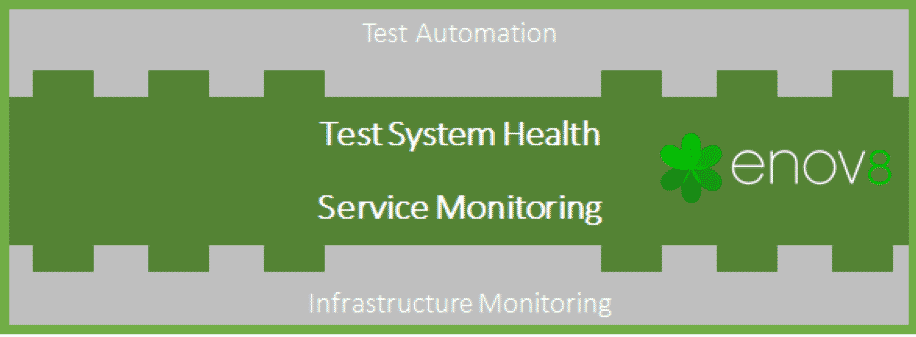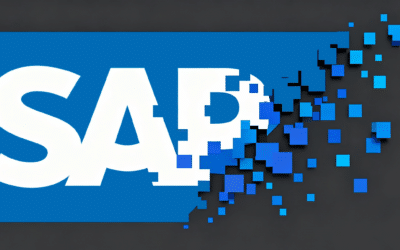Automating the Automation | No Code ‘Environment Synthetics’
The Cost of Manually Testing your Environment Health
- I need to test each test system (maybe production) every morning.
- I have 100 systems (each with 5 instances), that is 500 test system instances.
- The average manpower of testing each instance is 15m.
- Daily cost = 15m/60 (hour) x 500 x $100 (hourly charge rate) = $12,500 per day.
- Annual cost of manually testing health of our Test Environments
ROI of Building a Test Automation Synthetics Framework
- 500 Scripts
- Time to build each script originally is 16 hours (inc analysis, design, build & test).
- Estimated maintenance & execution of script 16 hours pa.
- Annual Cost of Automated Testing
- ROI (compared to Manual) = 1.6M (Year1) and 2.4M (Year2+)
Pitfalls of Test Automation
However, there are pitfalls with this approach,- There is the cost of the tools (often expensive).
- The likelihood of resources (SMEs) being more expensive.
- The ongoing need to coordinate, build, maintain, and execute the artefacts (refer above).
- The reality that mileage so often varies due to the quality and efficiency of the resources involved.
Enter Enov8
Enov8 is pleased to announce its latest environment management ‘innovation’ with the introduction of:- No Code Lean Synthetics.
A perfect and immediate complement to organizations existing test environment health techniques.

- Determine the health of your test systems using ‘silver thread’ transactions.
- Analyze the underlying component services.
ROI of Enov8 “No Code Lean Synthetics” Framework
- Time to build each script originally is 30m (inc analysis, design, build & test).
- Estimated maintenance and execution of script 30m pa.
- Annual cost of Lean Synthetics: 500 x 1-hour x $100 (hourly charge rate) = $50K Year-1 ($25K Y2 onward).
- ROI (compared to Manual health checks) = 2.95M (Year1) and 2.975M (Year2+) A significant ROI would also be found if we were comparing it to a test automation framework.
- ROI (compared to test automation health checks) = 1.55M (Year1) and 775K (Year2+) Enov8 Lean Synthetics is now available to Enov8 Environment Manager customers.
Innovate with Enov8
If you are interested in learning more about IT & Test Environment Management and IT Release Management, contact us about EcoSystem. Enov8 EcoSystem is the worlds leading IT Enterprise Intelligence platform. Ecosystem is a fully configurable and easily integratable solution that comes with out of the box “enterprise management” functions that support IT & Test Environment Management, Release Management, Data Management, IT Operations Management, Configuration Management & Service Management.Relevant Articles
Enterprise Release Management: A Comprehensive Guide
Enterprise Release Management (ERM) is a set of end-to-end practices that enable large organizations to effectively manage software releases. ERM is uniquely designed for the challenges of multiple teams building and releasing software simultaneously. ERM establishes...
Your Essential Test Environment Management Checklist
“Test Environment Management Checklist.” Yep, that sounds like a mouthful, but don’t let that discourage you. The idea here is quite simple—adopting a checklist to evaluate the soundness of your test environment management approach. Even though the idea sounds simple...
A Detailed Guide to SAP Data Masking
SAP systems handle some of the most sensitive data in the enterprise: financial transactions, HR information, supplier records, customer profiles, operational details, and more. For that reason, copying production data into non-production systems without modification...
Release vs Deployment Management: What’s the Difference?
In the always-an-adventure world of IT service management, there are several key processes that are essential for delivering high-quality services to customers and end-users. Two of the most critical processes are release management and deployment management....
7 Tools to Help with Application Rationalization
Application rationalization is the process of identifying which applications an organization should keep, update, consolidate, or retire. Think of it as a financial adviser, but instead of your investment portfolio, it's your application portfolio. Most companies take...
Pairing DevOps with Test Environment Management
For many organizations, DevOps is the best practice for efficiency. However, this model doesn’t come easily as the organization needs to put certain things in place. For example, the firm needs to incorporate the right tools to ensure its delivery pipeline and...





